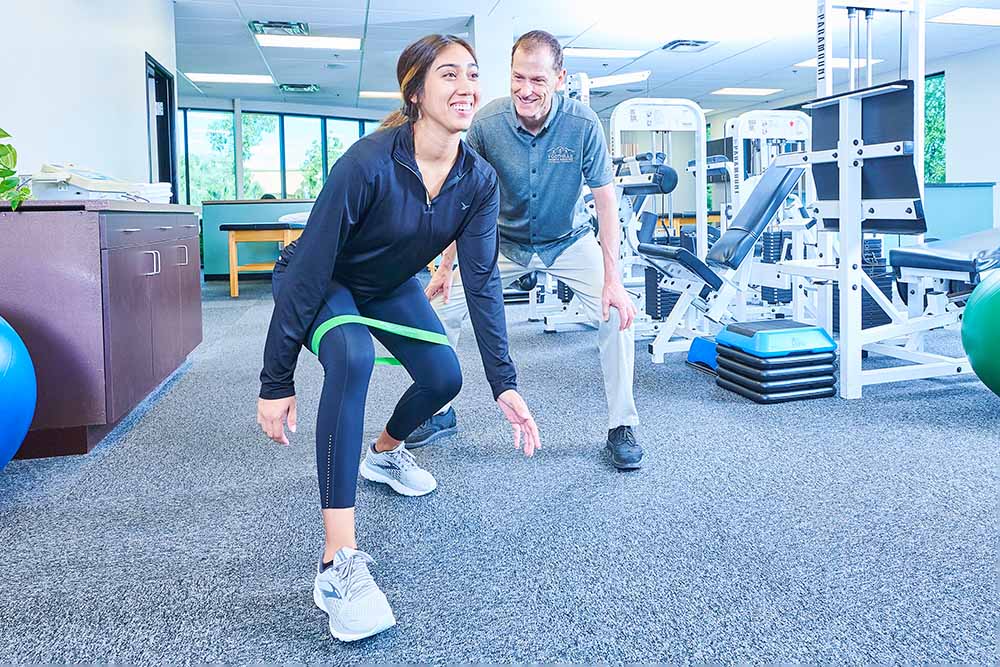Exploring the Synergistic Function of Physical Rehabilitation in Enhancing Pain Control Strategies
Wiki Article

Physiological rehabilitation plays a critical function in managing discomfort for numerous individuals. Discomfort can arise from multiple issues, such as traumas, surgeries, or chronic conditions. While medications are frequently used to alleviate discomfort, they may not always be the best solution due to possible side effects or addiction issues. This is where physiological therapy enters in as a complementary approach. By focusing on mobility, strength, and agility, physical rehabilitation specialists help patients regain capability and reduce discomfort through targeted workouts and methods.
One of the main methods physiological therapists use is exercise treatment. This involves particular exercises designed to fortify muscles, improve range of motion, and enhance overall bodily function. For instance, a patient recovering from leg surgery may participate in workouts that gradually boost their scope of motion and power. These workouts not only help in reducing discomfort but also prevent subsequent injuries by encouraging better movement habits. Additionally, physical therapists often customize exercise programs to satisfy the individual requirements of each patient, guaranteeing that they obtain the most efficient treatment possible.
Another important aspect of physical therapy is hands-on therapy. This physical approach includes methods such as manipulation, articular movement, and adjustment. Hands-on treatment can help relieve muscle tension, enhance blood flow, and reduce pain. For example, a specialist may use manipulation techniques to reduce tension in the spine, which can lead to substantial discomfort relief. By addressing the underlying issues leading to pain, hands-on treatment can enhance the overall effectiveness of pain control approaches.
Instruction is also a crucial aspect of physical therapy. Physical therapists take the effort to inform clients about their conditions and the importance of maintaining an engaged way of life. Comprehending the origins of pain and the advantages of bodily exercise can empower patients to take control of their well-being. Specialists frequently provide advice on proper body movements and alignment, which can help avert discomfort from reoccurring. This educational component encourages a collaborative relationship between the therapist and the client, resulting to better outcomes in pain control.
In summary, physical therapy acts as a important tool in improving discomfort control approaches. By combining exercise therapy, hands-on methods, and client instruction, physical therapists tackle discomfort from multiple angles. This comprehensive method not only helps alleviate current discomfort but also prepares patients with the understanding and find skills to control their health in the long run. As an increasing number of individuals look for options to medication for pain alleviation, the importance of physical rehabilitation will persist to expand in importance, providing assistance and improved quality of life for numerous.